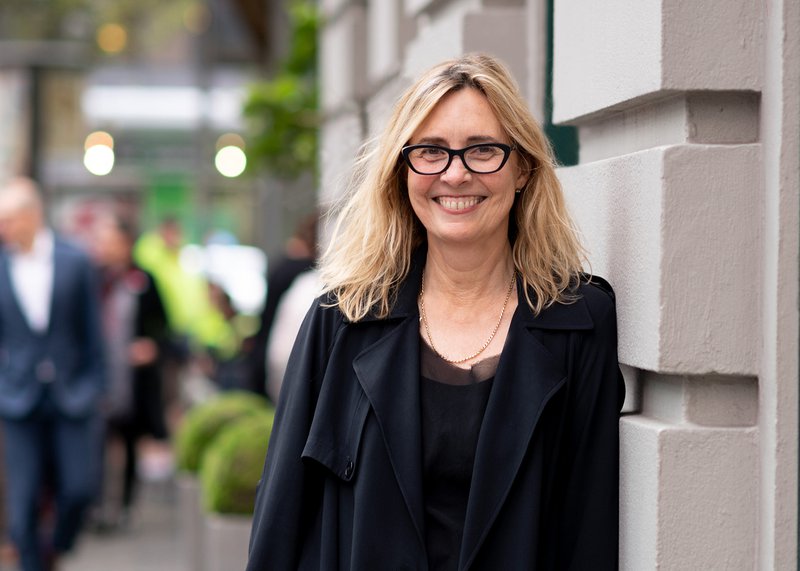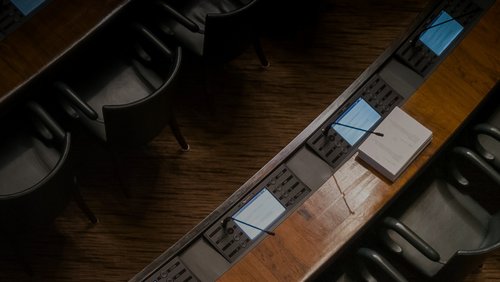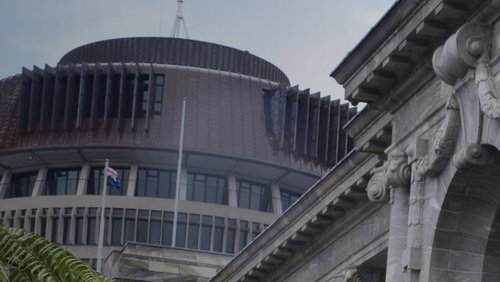23 Oct 2019
There’s a regular flow of stories in the media about construction issues. Often engineering issues are highlighted. The profession takes public safety – and its reputation seriously – so these stories concern us. They make us think hard.
Engineering issues are just part of the story – but something we are facing into.
We constantly get asked how widespread the problem is and what we are doing about it. These are fair questions. In terms of ‘how widespread?’ there’s a lot of anecdotal information but no clear, hard data. In terms of what are we doing about the issues, the answer is ‘a lot’.
The sign of a healthy profession is one that does not shy away from things that go wrong – whether they relate to quality, competency, standards or accountability. We need to understand the issues, learn from them and take action to fix gaps or raise the bar. We know our members are deeply committed to this.
We also have to bear in mind when we talk about problems that the vast majority of our engineers understand the enormous responsibility of their roles. Their work is rigorous, robust and gold standard. We have some of the best engineers in the world.
Their work is rigorous, robust and gold standard. We have some of the best engineers in the world.
Today, there has been media coverage about some of the systemic issues we are seeing from design through to delivery, as part of a wider inquiry reflecting via our complaints data, . This is the first time we have done this type of inquiry and some clear themes are emerging.
The catalyst for the inquiry was our investigation into alleged engineering issues in 6 Masterton buildings. After we received some engineering assessments around these buildings, we decided to take action in two ways. First, we started an investigation into whether the Chartered Professional Engineers who designed six Masterton buildings provided engineering services in accordance with accepted standards. And secondly, we launched a broader inquiry to consider wider system issues, initially with respect to what we learned from the Masterton buildings but later expanded to include learnings from other complaints we have received.
Both processes – the disciplinary ones and the Inquiry – are in their final stages.
But we can share three high level findings that this inquiry has revealed.
First, with so many players in a building system (engineers, architects, project managers, contractors, subcontractors, consenting authorities, and more) that there are multiple opportunities for miscommunication – particularly if relationships have broken down – which leads to mistakes.
Second, some basic mistakes in the design aren’t being picked up through the process.
And third, the balance isn’t always right between standard engineering details (which are entirely appropriate in many circumstances) and customised engineering details.
All three of these findings point to the critical importance of checks and balances in the system. As in all professions, mistakes are going to be made. What’s important is that they are picked up before they find their way into a building or structure. The sorts of things that are essential to this are consistent and rigorous quality assurance, peer review and construction monitoring – for starters. Thought is also being given creating a design auditing process, as another mechanism that will make a difference.

Susan Freeman-Greene, Chief Executive of Engineering New Zealand: "The sign of a healthy profession is one that doesn't shy away from things that go wrong."
The final inquiry report will include a series of recommendations. Some for the engineering community but also some for other players in the system. Getting this right will depend on everyone coming together to focus on these issues.
We’re not the only ones with this view. Industry broadly agrees and is saying similar things, including that we need to work together. We want our report to support and inform that broader work, and some good work is already happening. A key impetus right now is the Construction Accord, run out of MBIE, which brings together a full range of industry heavyweights to commit to actions to improve construction practice. There’s much impetus and commitment behind this.
For engineering and engineers, another critical lever is getting the regulatory framework right. That’s why we are advocating for licensing of safety-critical engineering work, which would mean that for certain work, engineers need a licence overseen by an independent body. At the moment there is no mandatory accountability system for engineers and that needs to change to better protect public safety. Getting it right will help in other ways too. For example, right now we can’t restrict an engineer’s practice pending a disciplinary process or a competency reassessment, even if we have serious concerns.
We are working closely with MBIE and our technical groups on the best options for this regulatory framework, which needs to be robust and straightforward so that the public as well as the profession understand it.
Since the devasting tragedy of the CTV building, we have also made a suite of changes to the things that are entirely within our control . Every single day we work in the shadow of that event and we are mindful of the ongoing grief of those who lost loved ones on 22 February 2011.
Every single day we work in the shadow of that event and we are mindful of the ongoing grief of those who lost loved ones on 22 February 2011.
Raising the bar feels like the very best thing we can do to respond to that day and what we learnt from it. Some of these have included changing our Rules so that engineers can’t resign to escape accountability; strengthening our Code of Ethical conduct by placing clear responsibility on engineers to report things they see that might cause harm; and reforming our complaints and disciplinary process making it proportionate, fair and much more robust. We also now require our members to commit to the Code every year as well as carrying out continuing professional development. And we have strengthened the standards against which we assess engineers.
If you are reading this as a member of the public, our advice is twofold. If you are using an engineer, check they are a member of Engineering New Zealand or a Chartered Professional Engineer. Unless they are, there is no way to hold them to account. And if you are worried about your building as a result of recent media coverage, we encourage you to get an engineering assessment or advice from an appropriately qualified and experienced engineer.
If you are reading this and you are one of our members, also have to acknowledge that no regulatory system is going fix every single issue we are seeing or have seen. Ultimately, every professional holds the reputation of the profession in their hands – to work within their area of competence, to think about how they interact with others in the building system, to keep learning and – above all – to remember their responsibility to New Zealanders.





